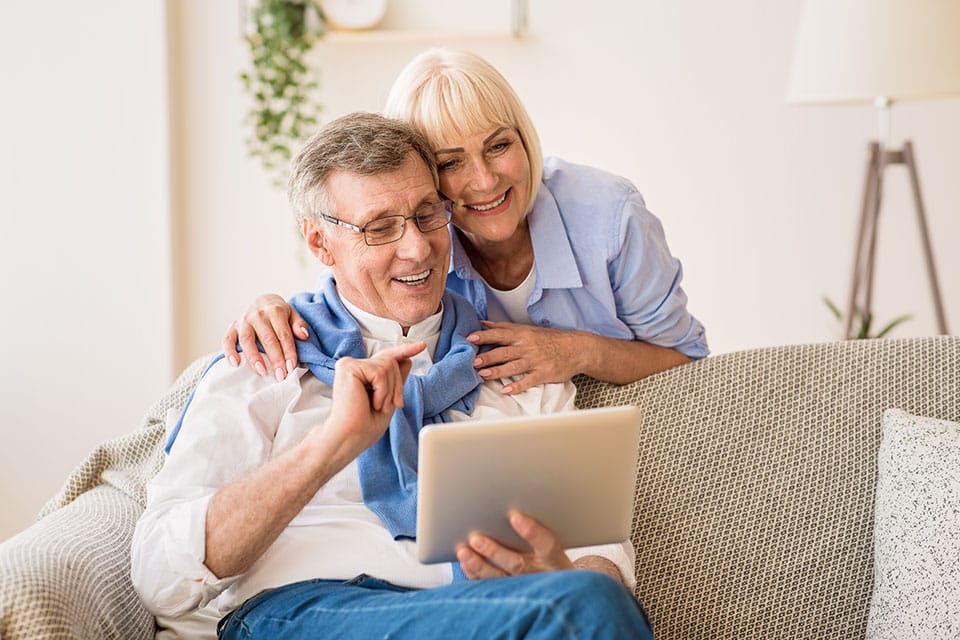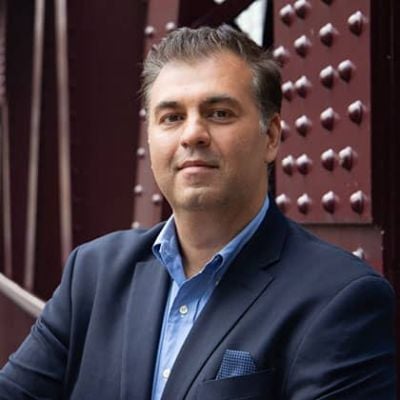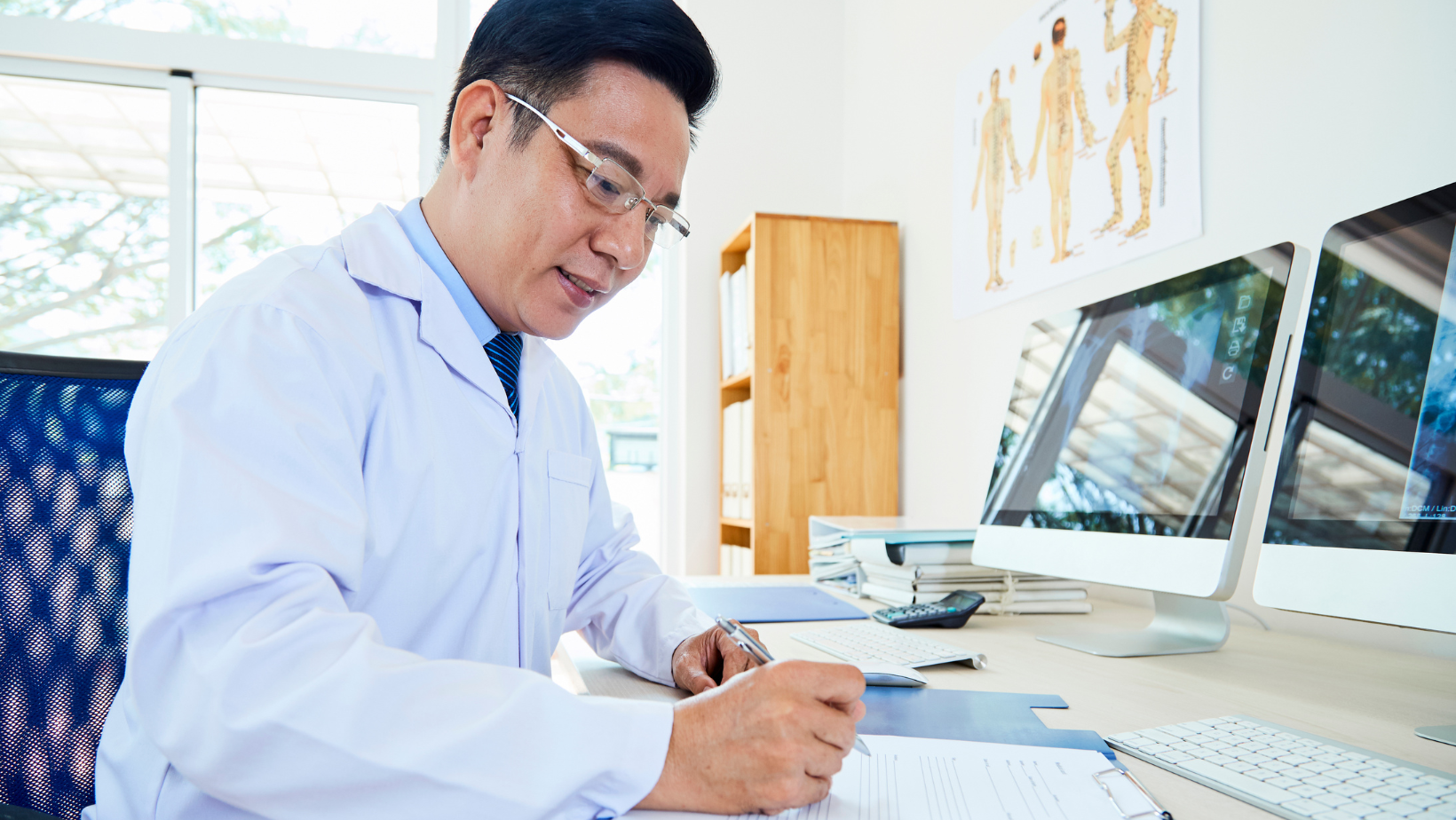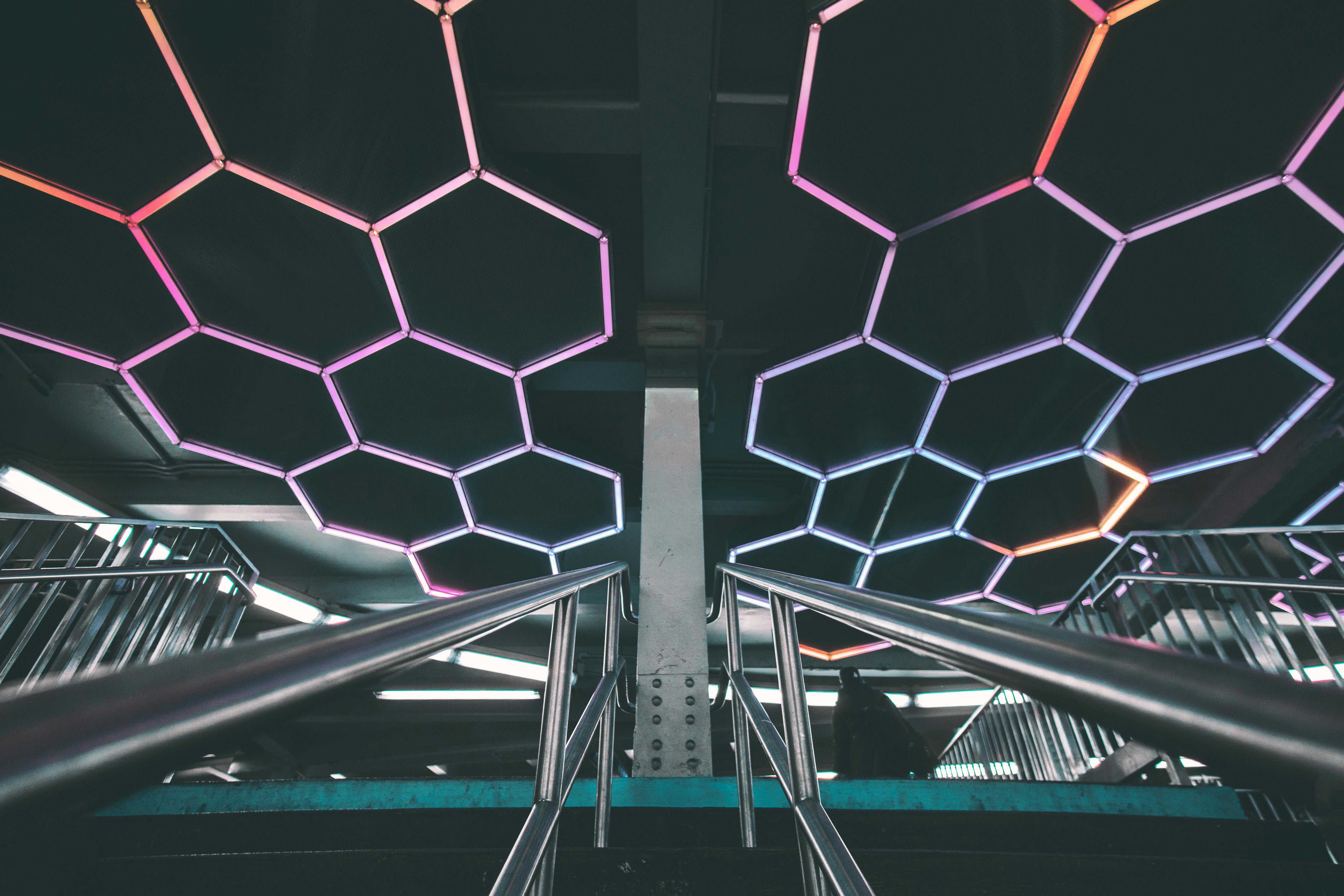In the wake of a rapidly aging global population, the demand for innovative healthcare solutions tailored to seniors has never been greater. Remote Patient Monitoring (RPM) emerges as a beacon in this evolving landscape, offering the aging population an unprecedented level of independence while simultaneously enhancing health management. Furthermore, RPM is not just a tool for convenience and independence; it's a critical component of a comprehensive virtual care strategy that resonates with the broader transition to value-based care.
Value care solutions enable healthcare delivery organizations to deliver high-quality, cost-effective care at a distance or across the care continuum. RPM plays a pivotal role in supporting the delivery of high-quality clinical care by allowing real-time monitoring and personalized treatment plans, improving patient access and convenience by eliminating the need for frequent in-person visits, and reducing the overall cost of delivering care by minimizing hospital admissions and readmissions.
By integrating RPM into their care models, healthcare providers can pave the way toward a comprehensive virtual care program to:
- Support the delivery of high-quality clinical care
- Improve patient access and convenience
- Reduce the cost of delivering care
- Enable healthcare providers to attract and retain
Let’s look at the transformative role of RPM technologies and how they're reshaping the healthcare experience for seniors, underpinned by compelling research and real-world applications.
Understanding Remote Patient Monitoring
Remote Patient Monitoring represents a fusion of healthcare and technology where medical professionals can monitor patients outside conventional clinical settings, often in the comfort of their homes. RPM employs digital technologies to collect health data, which are then electronically transmitted to healthcare providers for assessment. It serves as a promising answer to the critical need for patient-centric, accessible, and efficient healthcare for seniors.
Fostering Independence
Among the multitude of benefits that RPM provides for seniors, independence stands out. Conventional healthcare often necessitates frequent visits to clinics, which can be taxing for older adults, particularly those with mobility challenges or those situated in remote areas. RPM enables these patients to avail top-notch care from their homes, fostering autonomy and enhancing their overall life quality.
A study published in the Journal of Medical Internet Research revealed that seniors using RPM systems felt more empowered and in control of their health. The technology not only mitigates the need for regular hospital visits but also facilitates prompt medical responses, averting potential complications and hospitalizations.
A Proactive Approach to Health Management
RPM technologies introduce a proactive and efficient method of health management. Through the continuous tracking of vital signs and other health markers, healthcare professionals can identify anomalies early, enabling immediate interventions and treatment alterations. This strategy can significantly improve the prognosis for common conditions in seniors, such as heart disease, diabetes, and COPD.
Moreover, a recent study in the Journal of the American Medical Association (JAMA) discovered that the implementation of RPM in patients with heart failure led to a substantial decrease in hospital readmissions. By detecting health changes promptly, RPM enables early interventions, reducing the risk of severe complications and augmenting patient outcomes.
Bolstering Patient-Provider Communication
RPM also enhances patient-provider communication. Access to real-time health data allows healthcare providers to maintain regular interaction with patients, provide personalized guidance, and modify treatment plans as required. This improved communication can result in better treatment adherence, which is a critical element in chronic disease management.
A study conducted by the Mayo Clinic observed that RPM led to better patient satisfaction and improved clinical outcomes, partly due to enhanced communication between patients and healthcare providers.
Technological Overview of RPM
RPM encompasses a variety of technologies, from wearable devices to smart home systems. Wearable technologies such as fitness trackers and smartwatches can track vital signs, activity levels, and sleep patterns, providing vital health insights. On the other hand, smart home systems can monitor daily activities and send alerts to healthcare providers or caregivers for any abnormal patterns.
The eNeighbor remote monitoring system, for instance, is designed specifically for seniors. It uses sensors to observe daily activities like eating, sleeping, and medication intake, with any deviations triggering alerts to caregivers or healthcare providers for prompt action.
Remote Monitoring Applications
Applications of remote monitoring are vast and are possible because of The Internet of Medical Things (IoMT).
IoMT is creating waves in healthcare for the aging population by integrating a broad array of remote monitoring applications that encompass assets, location, environment, and patient health. Through connected devices and intelligent algorithms, comprehensive remote monitoring enables asset monitoring, ensuring medical equipment like EKG machines are in perfect working order and keeping track of inventory levels, expiration dates, and potential tampering. Environment monitoring extends to maintaining optimal air pressure, temperature, and air velocity within patient spaces, all of which are essential to safeguarding the wellbeing of elderly individuals. Simultaneously, these advanced systems can seamlessly manage vital aspects like medication schedules, aiding in compliance and minimizing errors.
When it comes to patient monitoring, the IoMT offers an unprecedented level of personalization and accessibility with remote monitoring technologies being able to continuously track critical health parameters like blood pressure, heart rate, and glucose levels, providing real-time insights to both patients and caregivers. This technology allows seniors to enjoy greater independence and remain in their homes longer, as healthcare providers can detect and respond to potential health issues promptly, even from a distance.
Additionally, features like medication management help streamline complex treatment regimens, taking the burden off both the patient and their families. Jointly, these capabilities represent a holistic approach to healthcare, embracing every facet of the patient's environment and condition, thus ensuring that aging individuals receive the attentive and tailored care they deserve.
Challenges and the Road Ahead
Despite the enormous potential of RPM, several challenges persist, including issues related to data privacy and security, the digital divide among the elderly, and the need for user-friendly designs for seniors. It's vital for healthcare organizations and technology providers to collaboratively tackle these challenges and carve a path where RPM technologies are accessible, secure, and tailored to seniors' unique needs.
The Future of RPM in Senior Healthcare
Navigating the complexities of an aging population, Remote Patient Monitoring surfaces as a critical tool, guaranteed to revolutionize healthcare for seniors. By encouraging independence, promoting proactive health management, and enhancing patient-provider communication, RPM holds the key to a future where seniors are active participants in their healthcare journey, rather than passive recipients.
Backed by robust research and successful real-world applications, this transition represents a transformative shift in aging and healthcare, promising a healthier, more independent future for our aging population.
To learn more about how you can leverage innovative technology like generative AI and machine learning to help seniors age in place with confidence, get in touch with our experts today.




